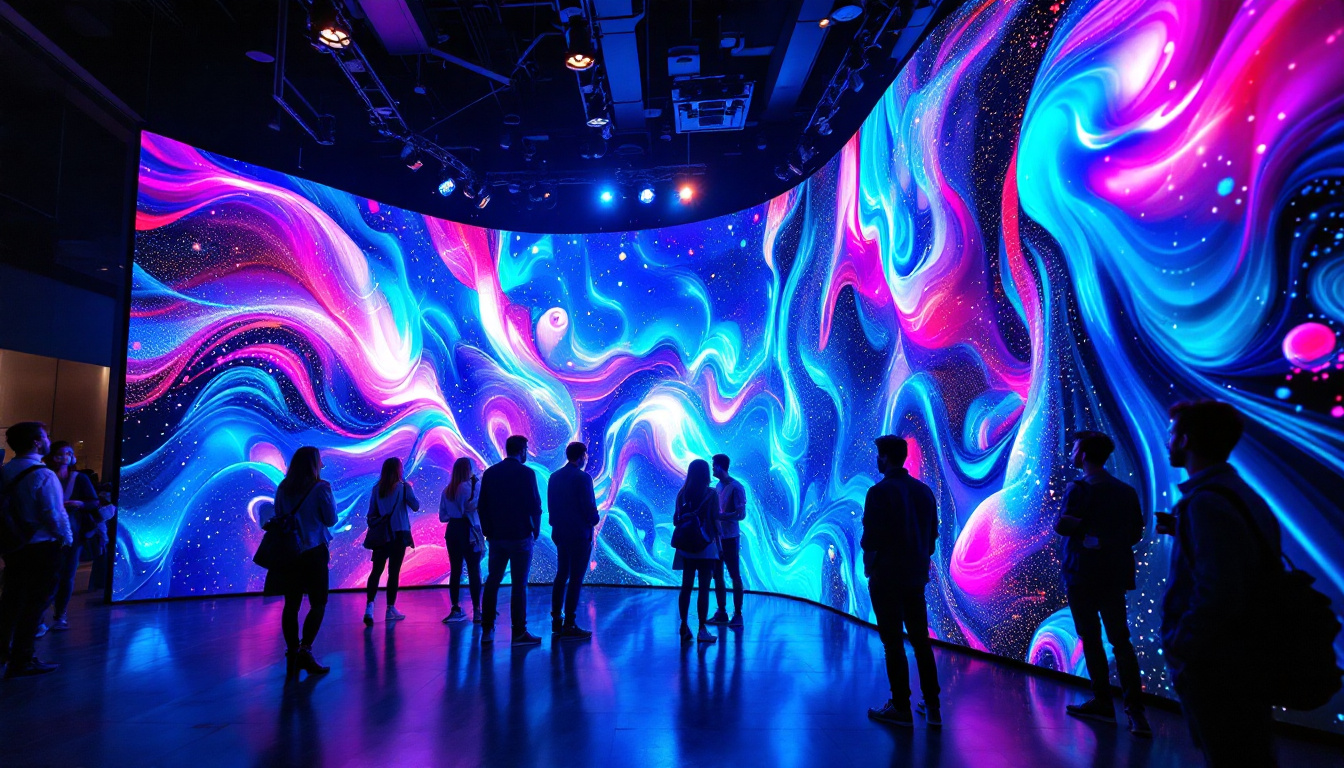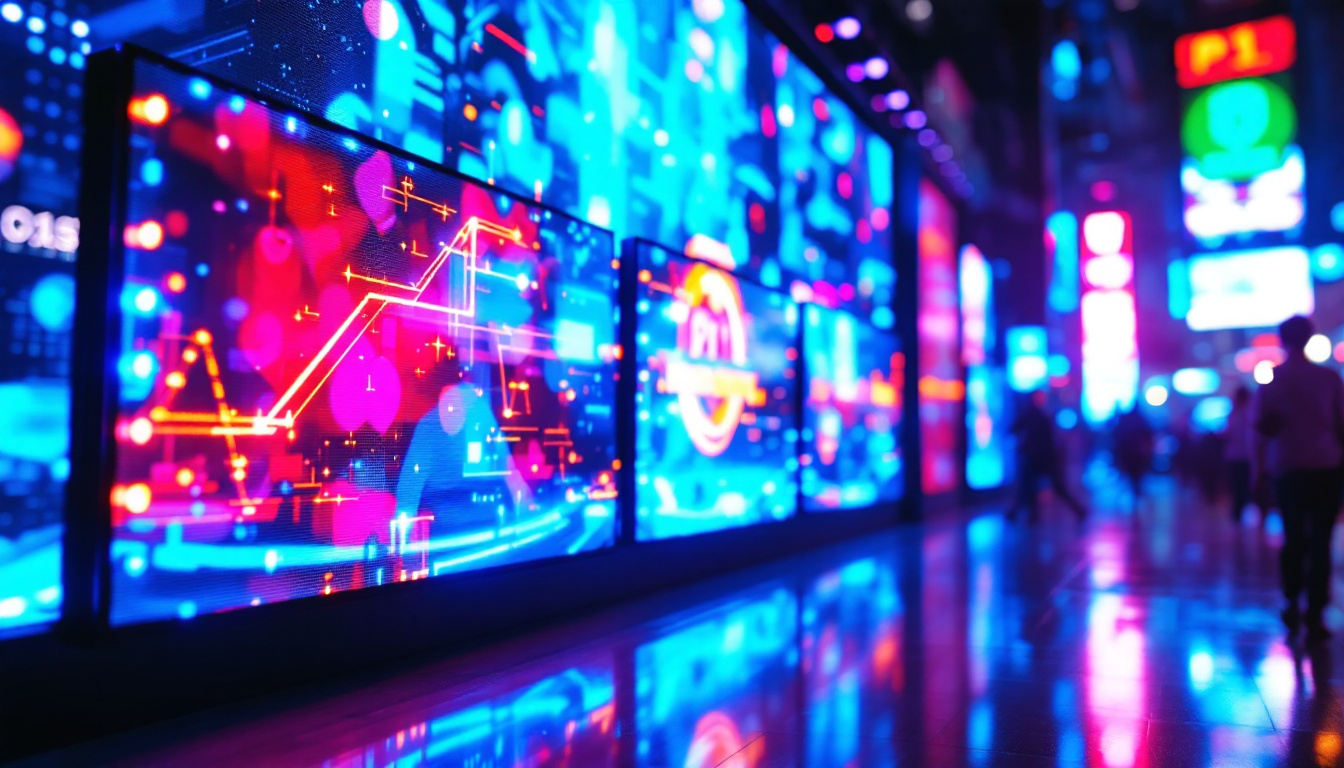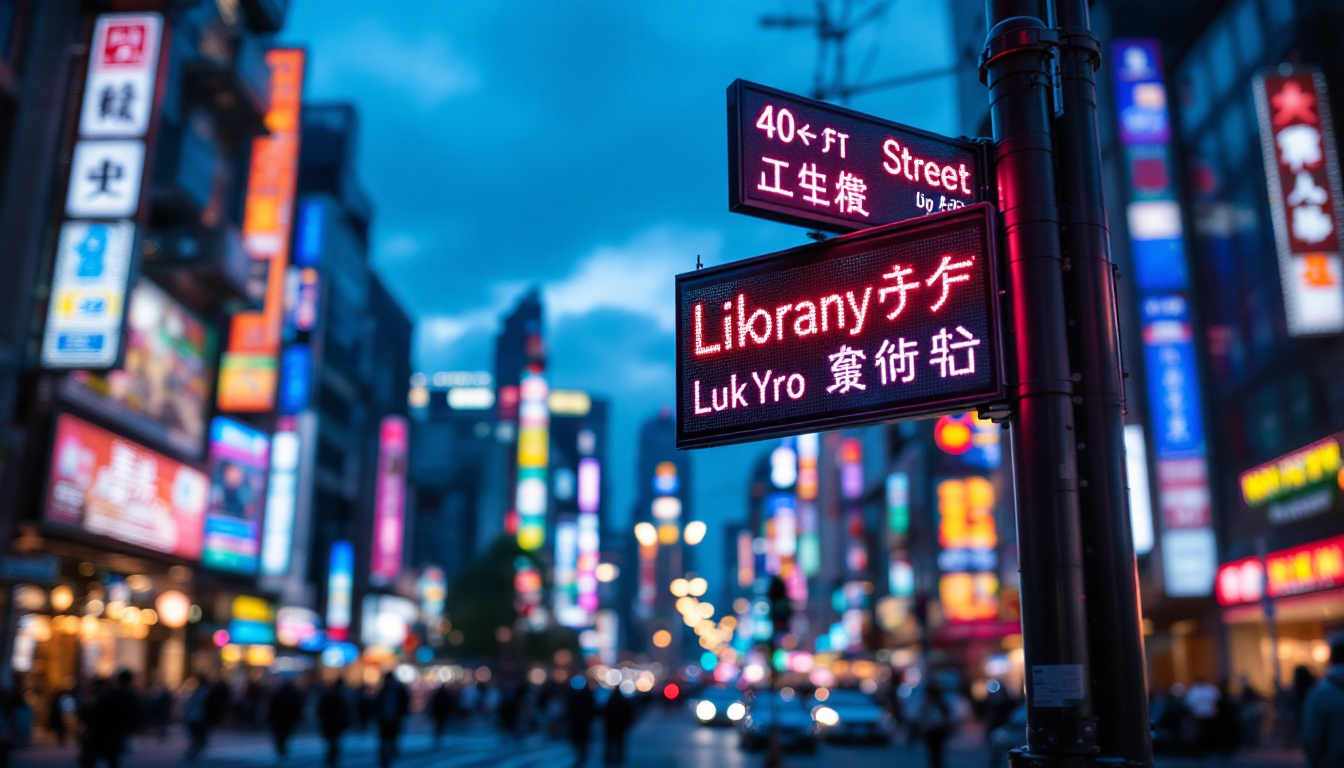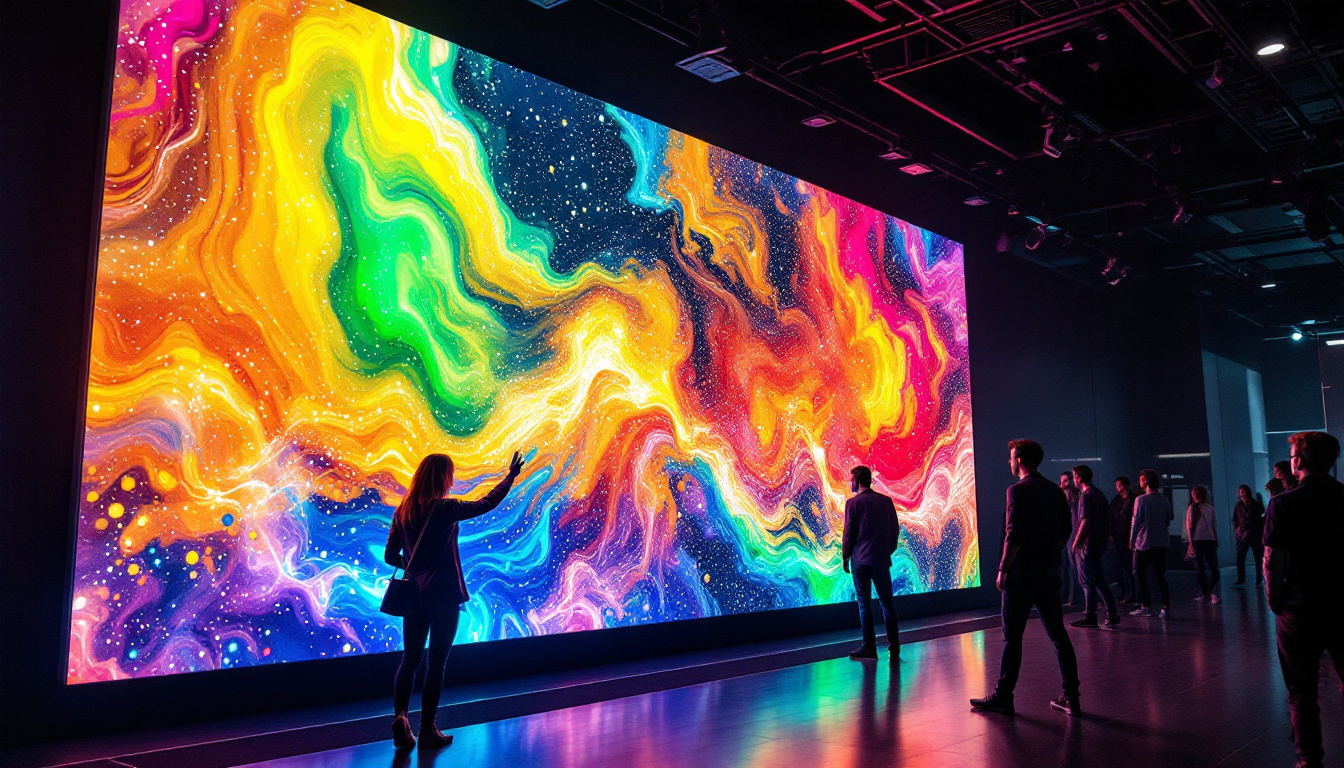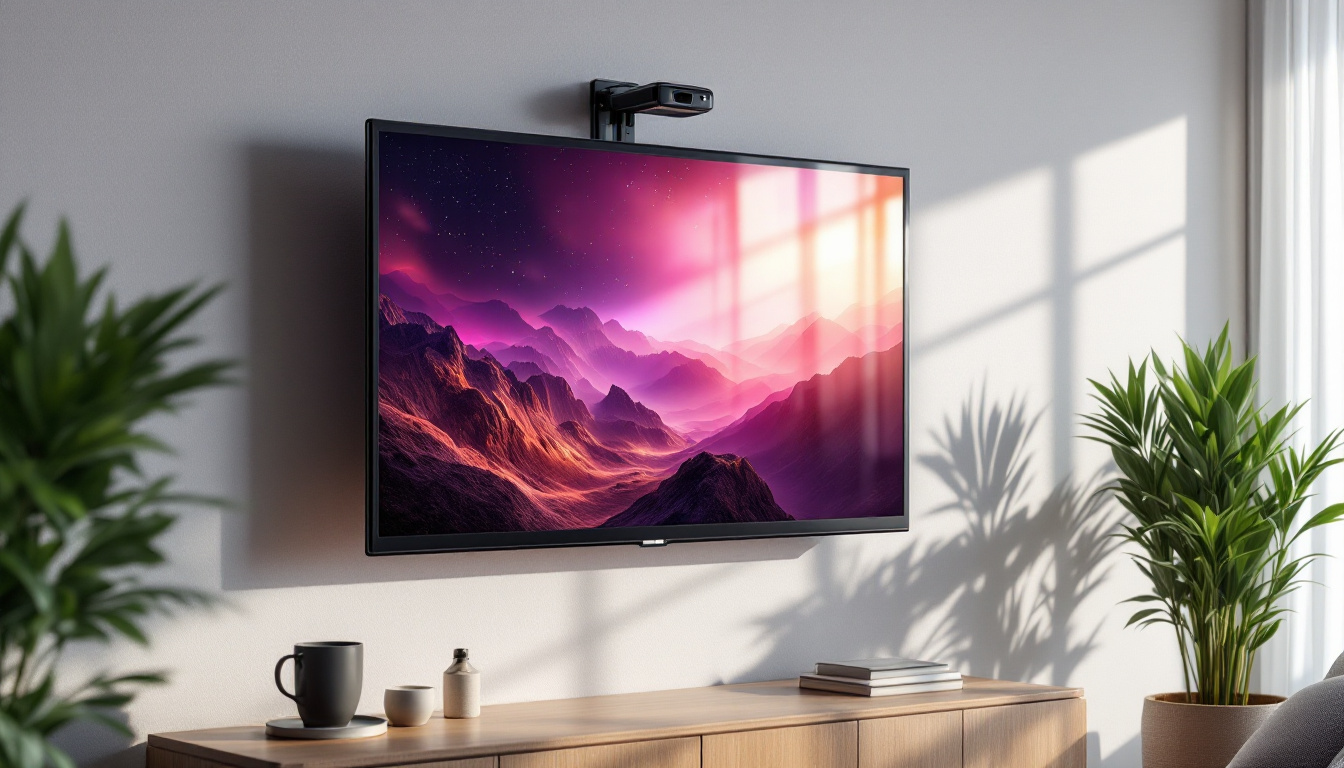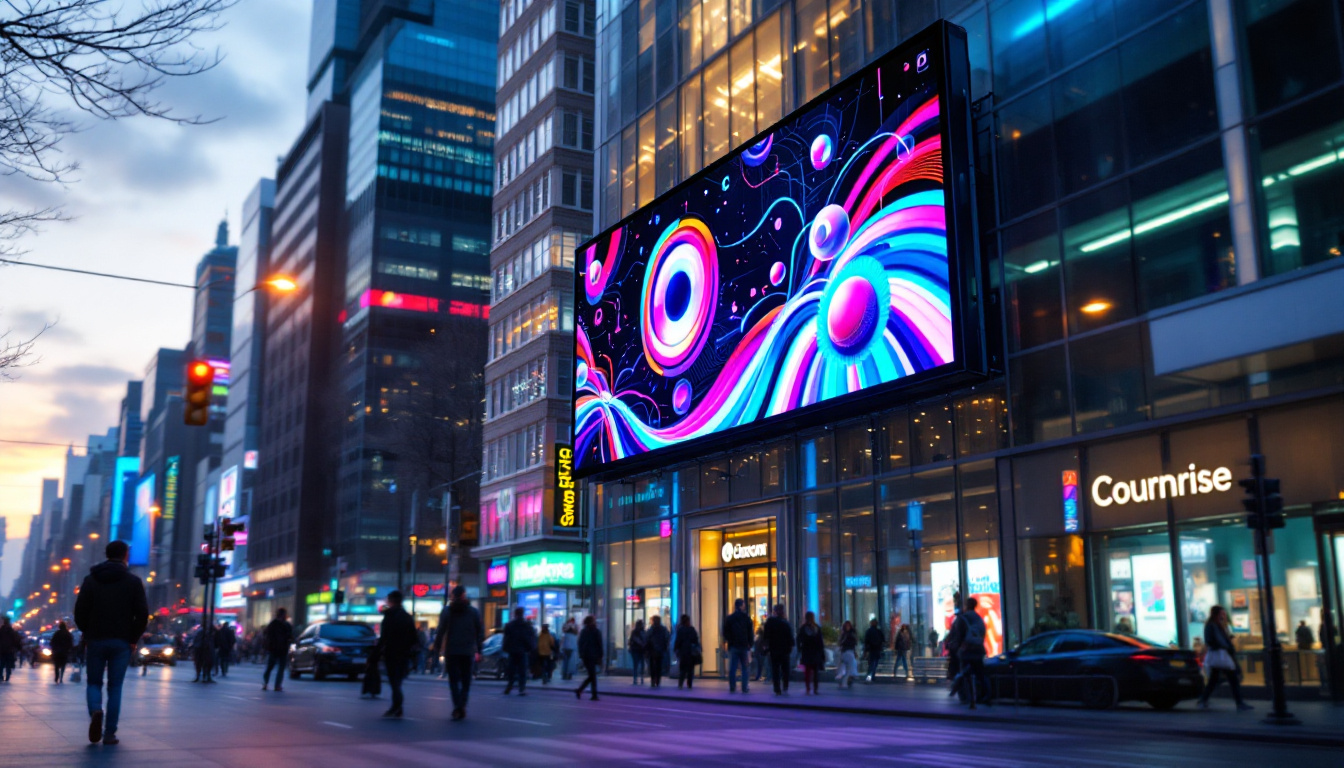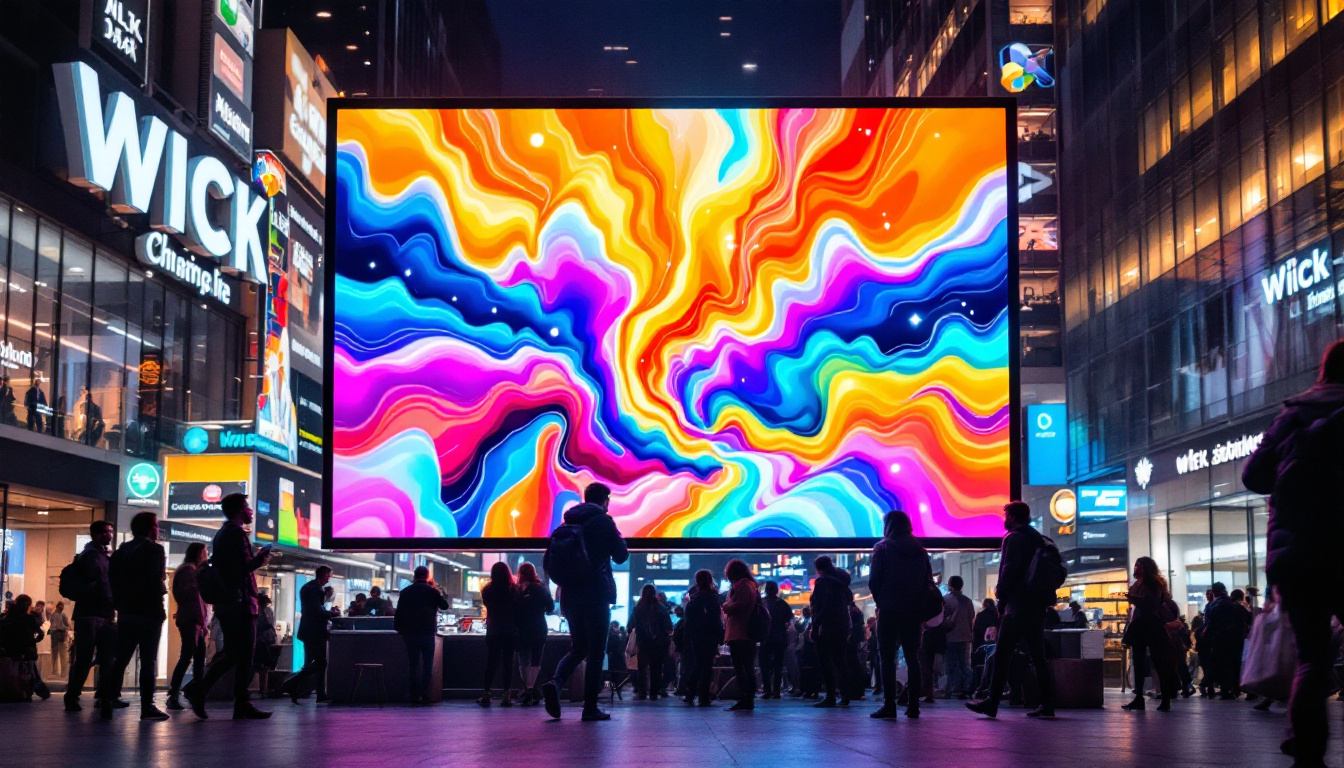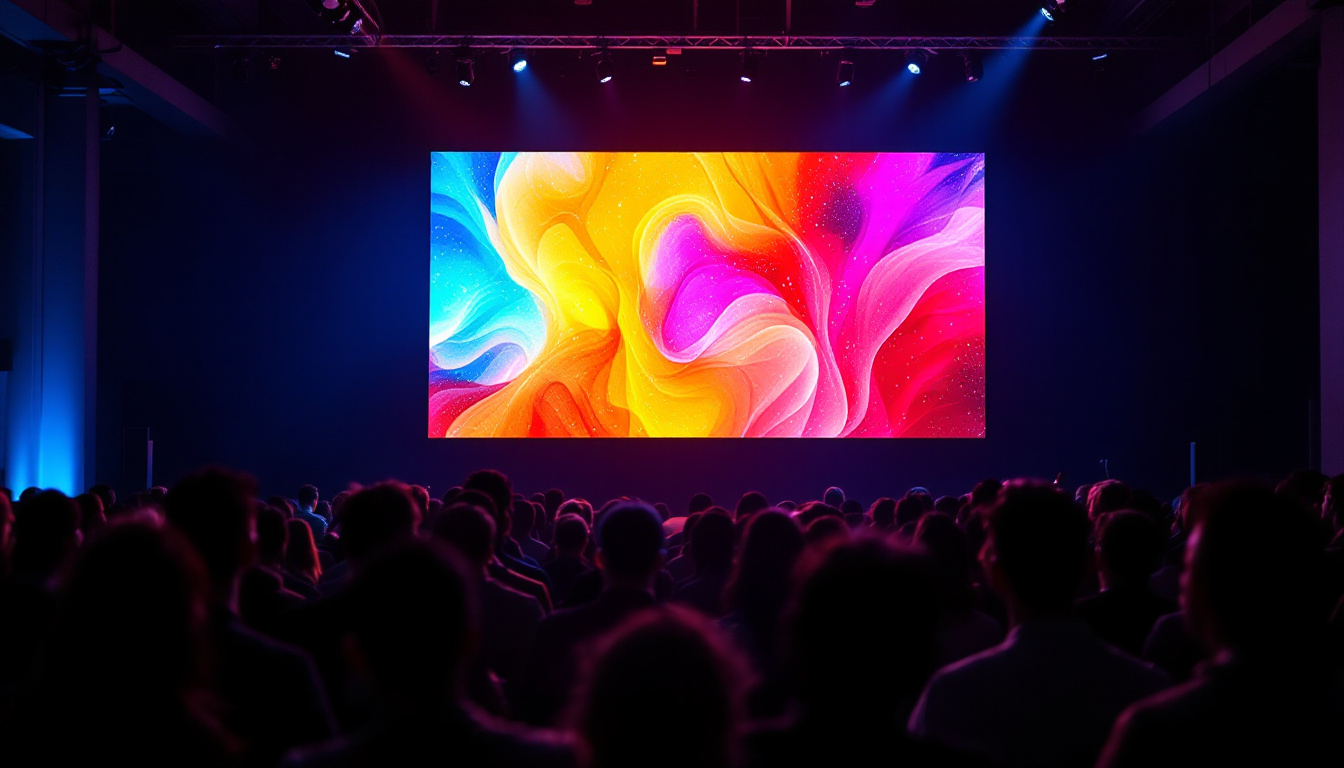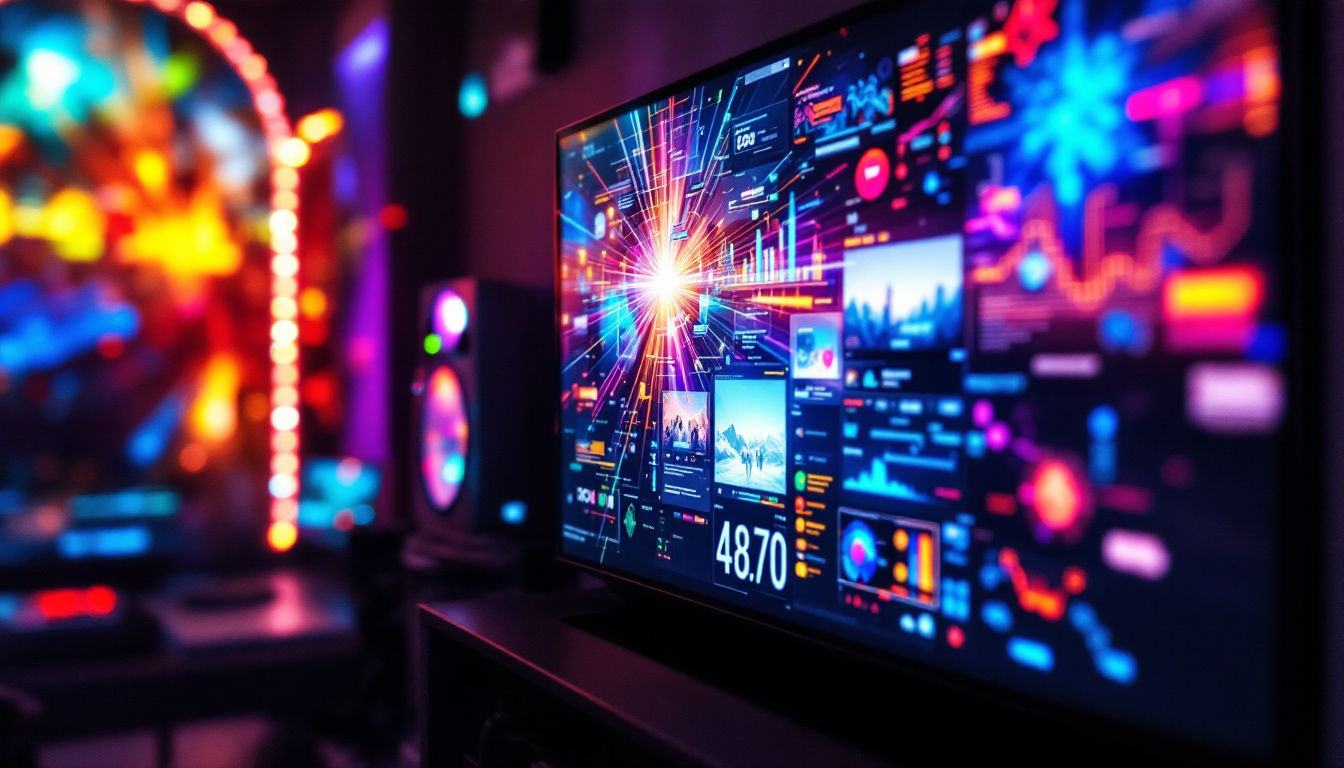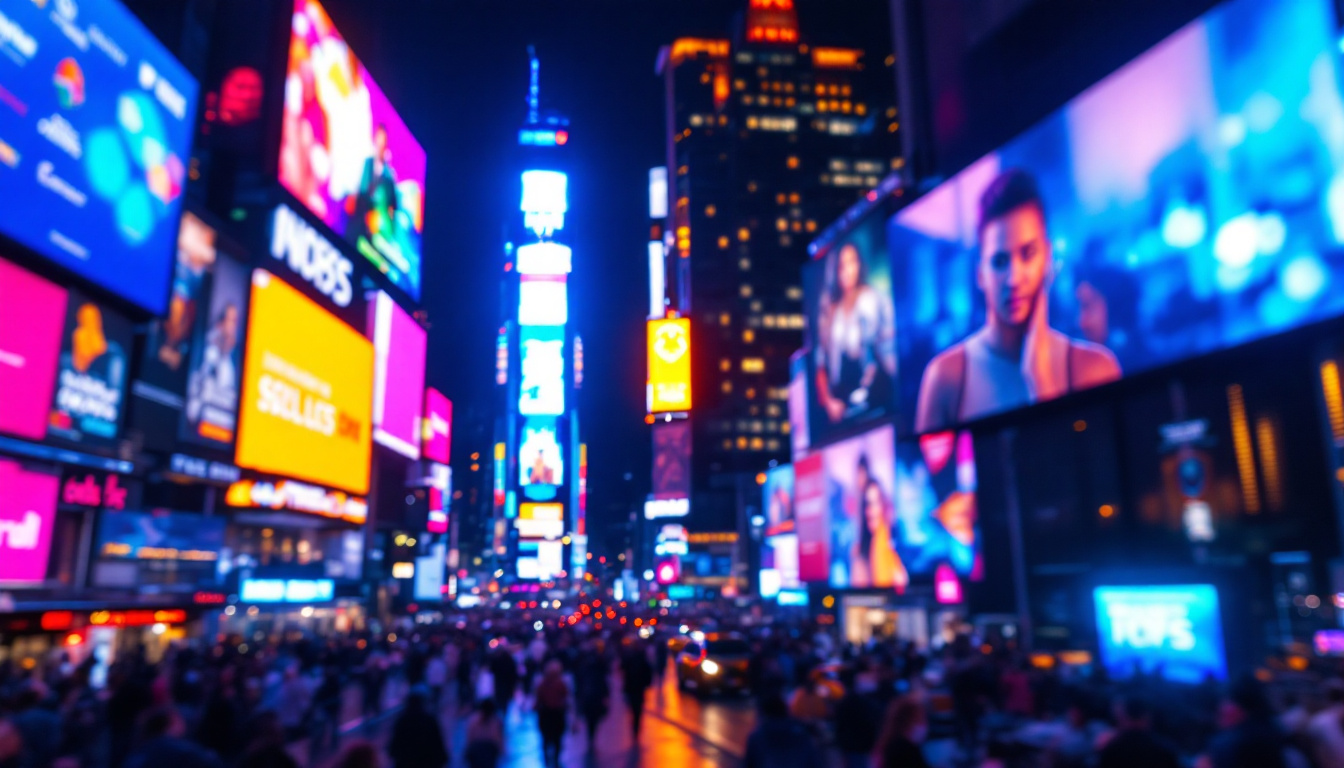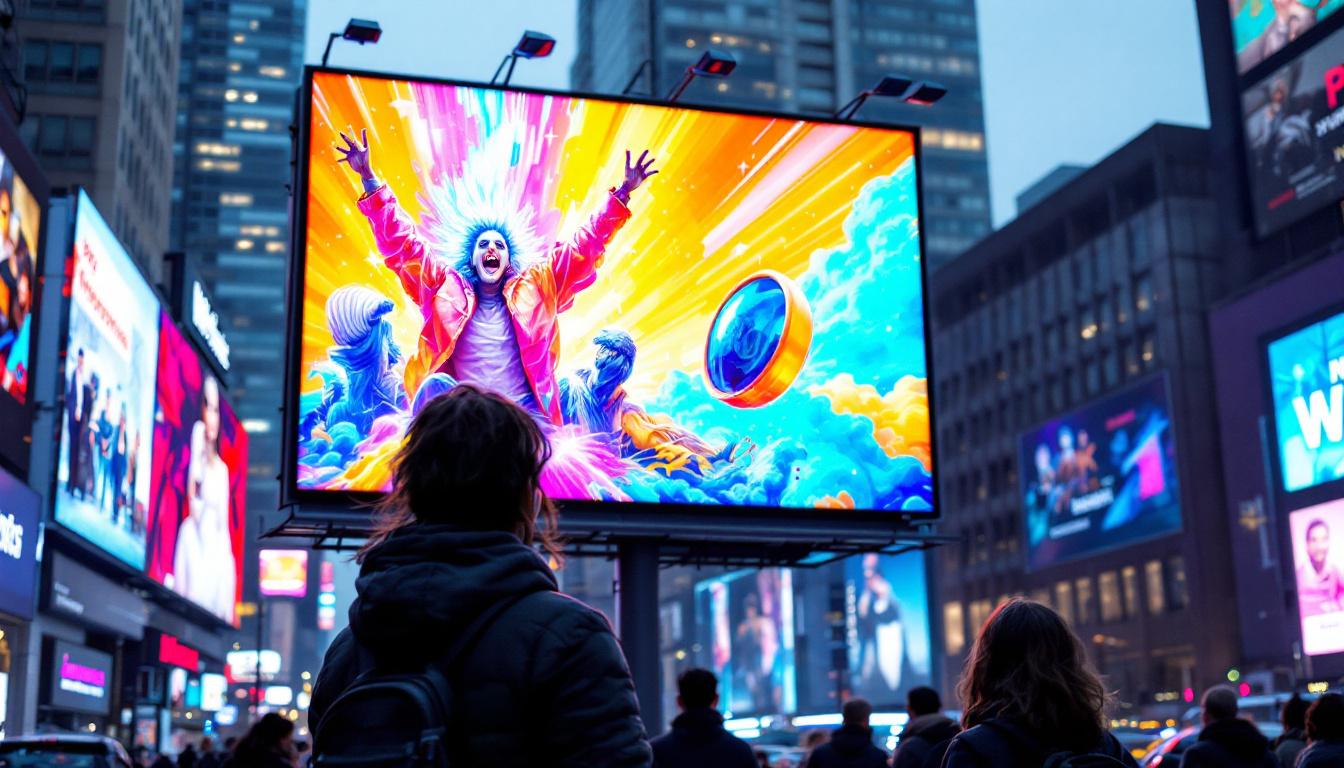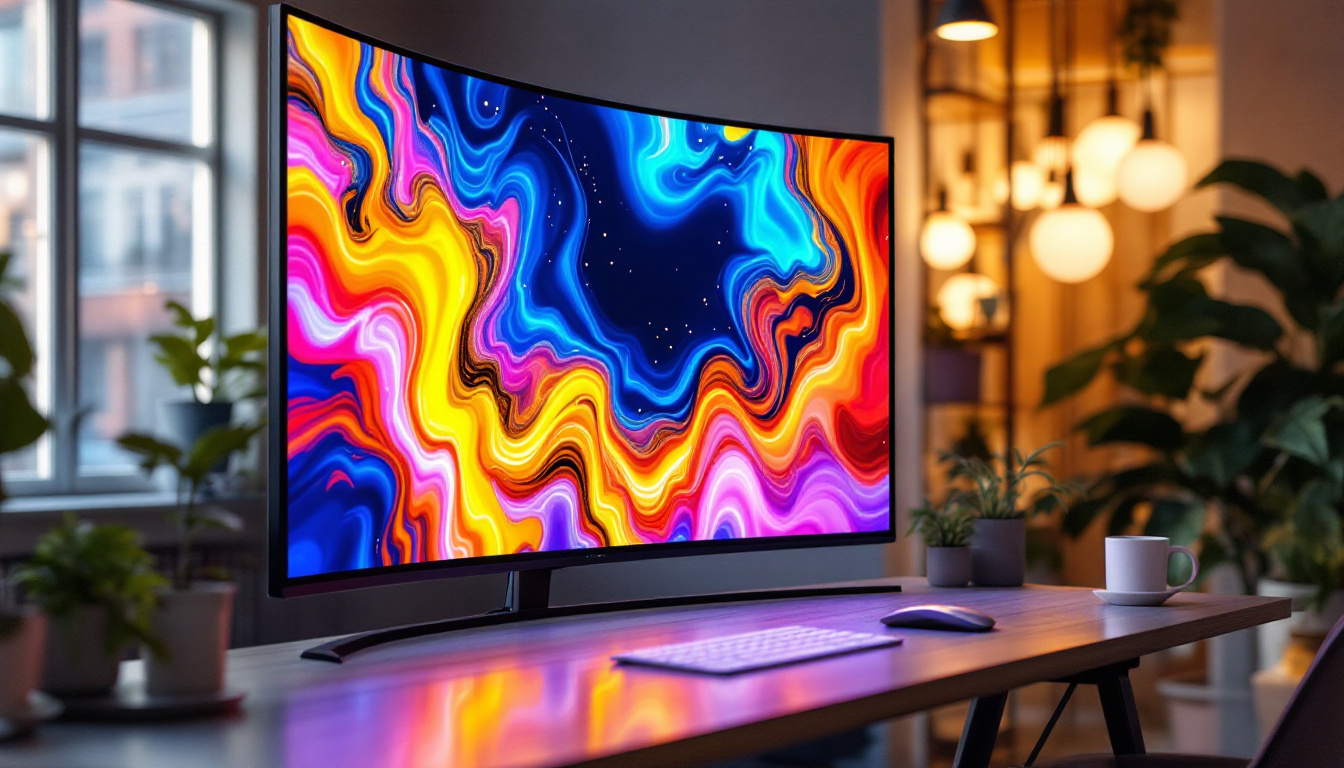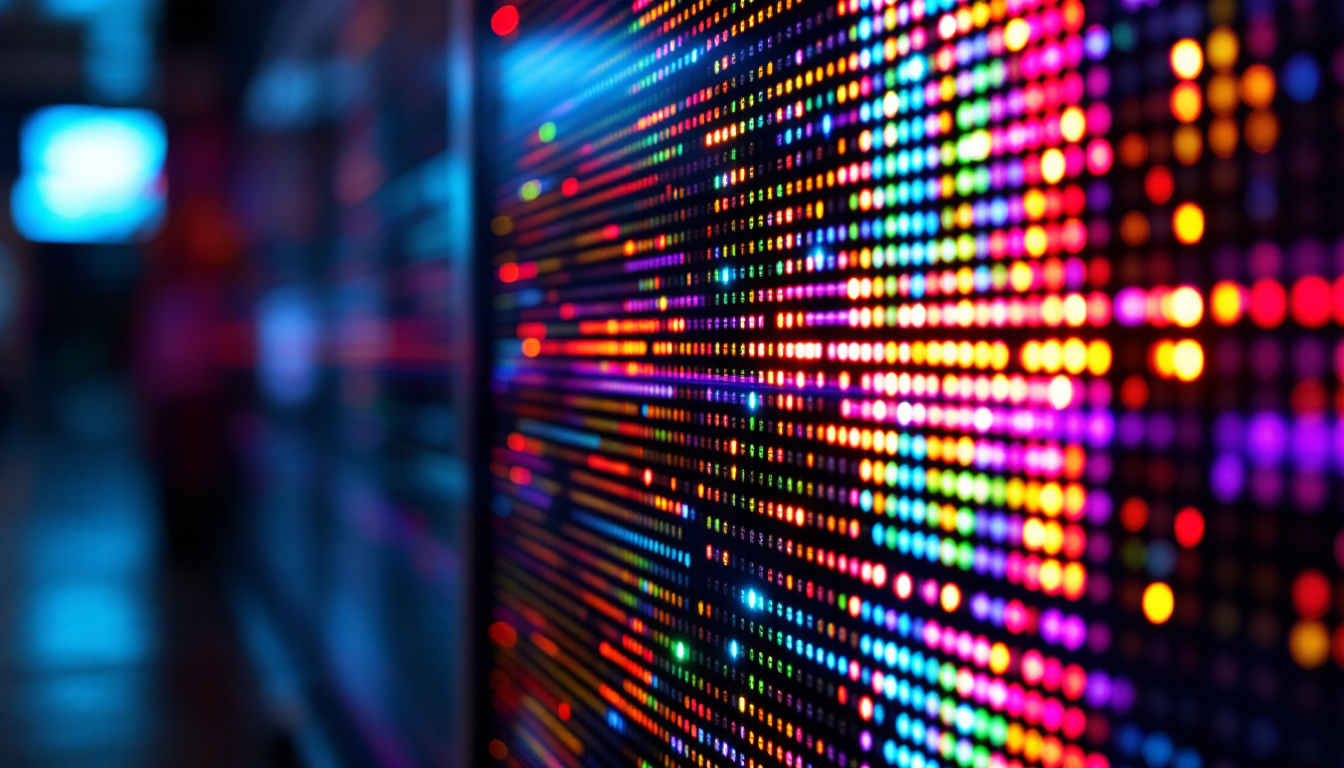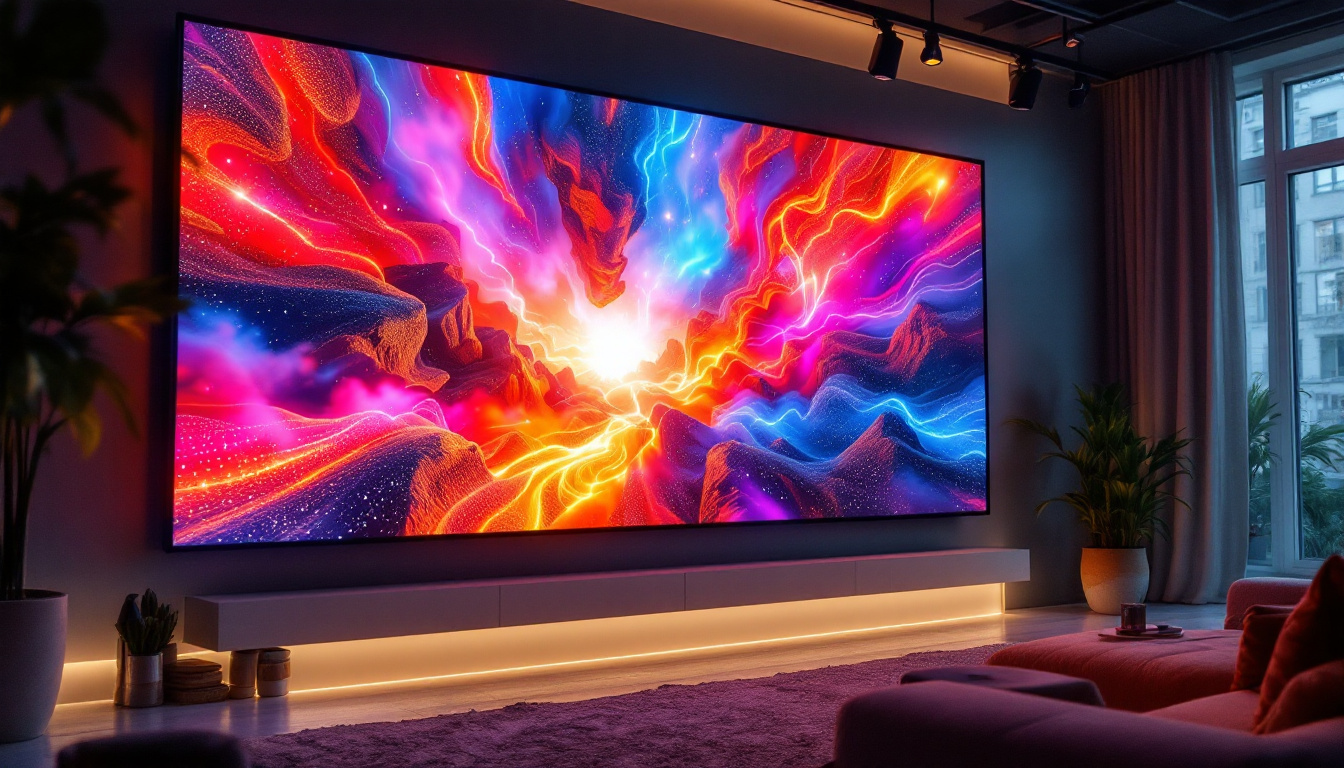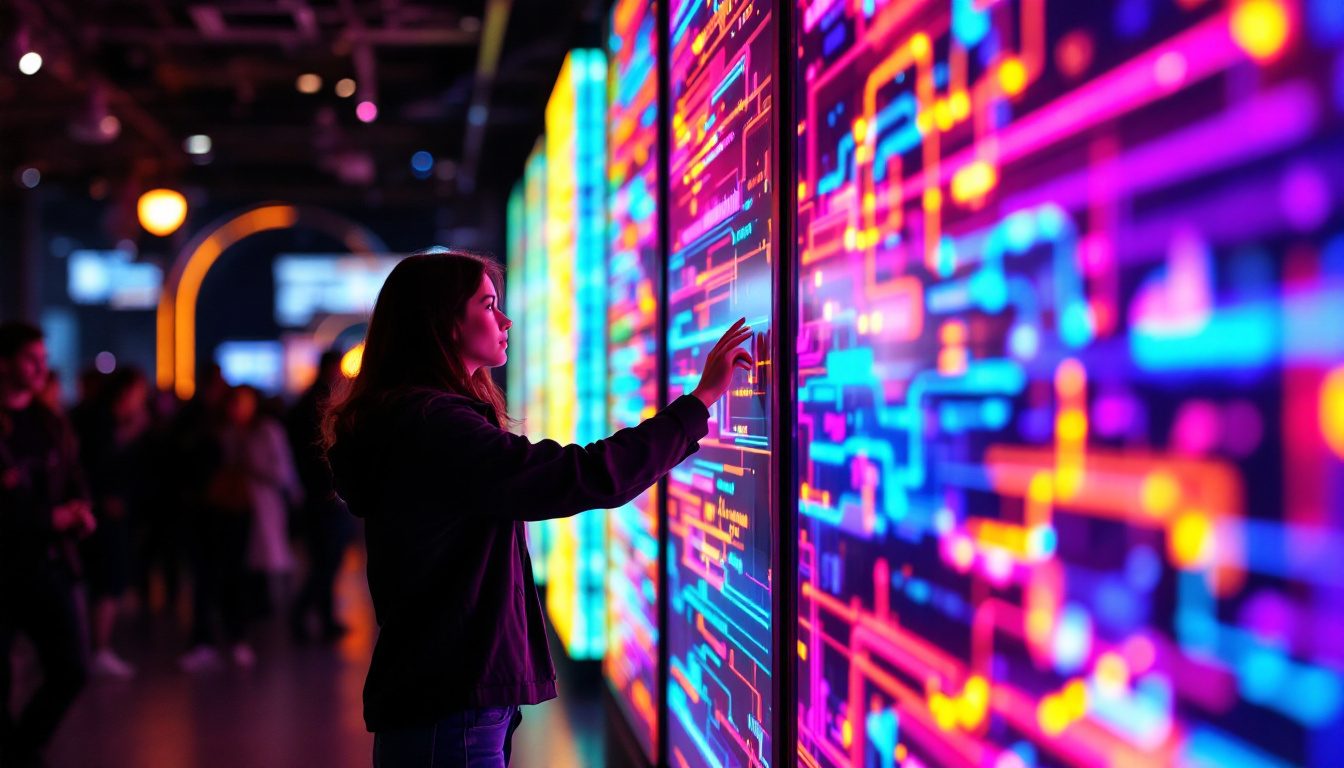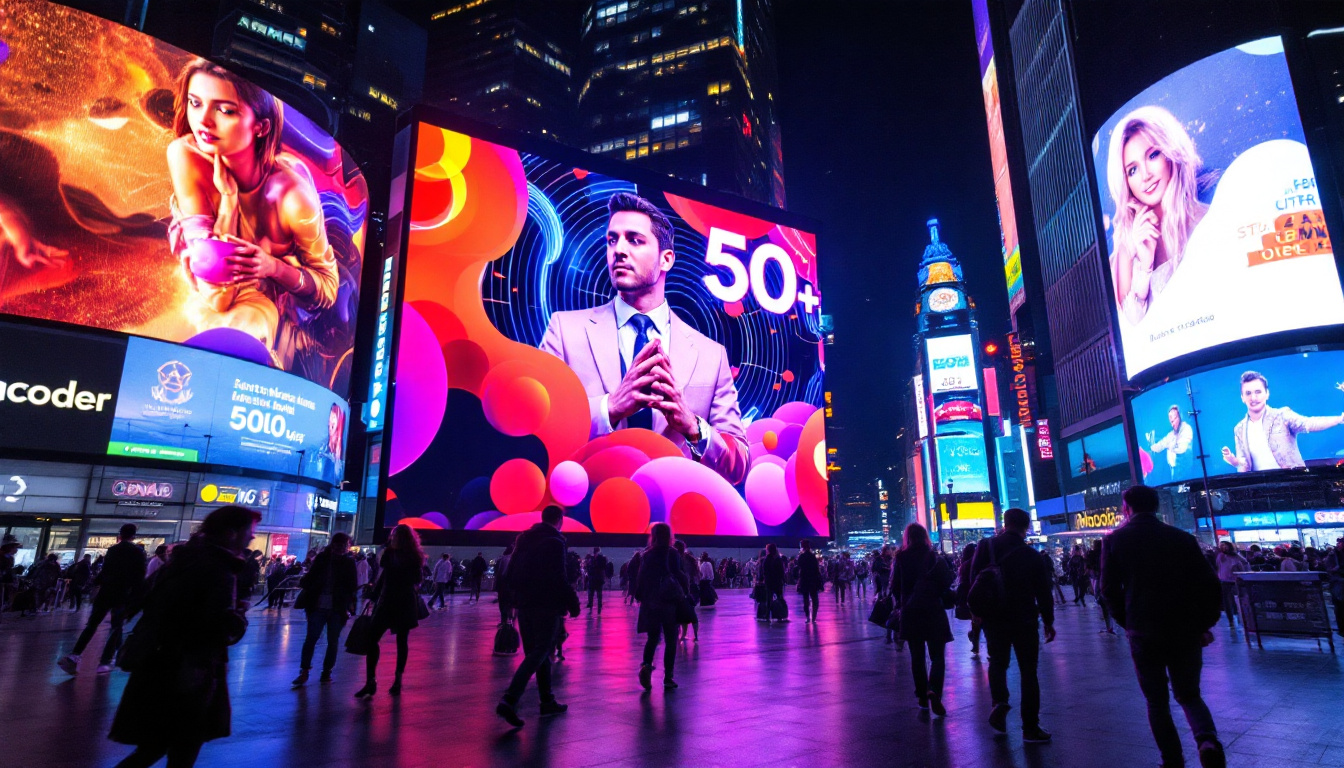In the rapidly evolving world of digital signage and display technology, see-through LED displays have emerged as a groundbreaking innovation. Combining transparency with vibrant visuals, these displays are transforming how businesses, architects, and advertisers engage with their audiences. This article delves into the intricacies of see-through LED technology, exploring its design, applications, benefits, and future potential.
Understanding See-Through LED Displays
What Are See-Through LED Displays?
See-through LED displays, also known as transparent LED screens, are digital display panels that allow light and images to pass through their surface. Unlike traditional LED screens, which are opaque and block the view behind them, these displays maintain transparency while projecting bright, high-resolution images. This unique combination enables them to be installed on glass surfaces, windows, and facades without obstructing natural light or the view.
These displays consist of LED modules arranged on a transparent substrate such as glass or acrylic. The LEDs are spaced apart, creating gaps that let light through. The spacing, or pixel pitch, varies depending on the application, balancing transparency and image clarity. Typically, transparency levels range from 40% to 80%, meaning a significant portion of the background remains visible even when the display is active. This feature not only enhances aesthetic appeal but also allows for creative advertising solutions, where brands can showcase their products without completely overshadowing the surrounding environment.
Furthermore, the versatility of see-through LED displays makes them ideal for various applications, from retail storefronts to art installations. In retail, for instance, they can be used to display promotional content while still allowing potential customers to see the products inside the store, effectively drawing them in without compromising visibility. In museums or galleries, these displays can serve as interactive elements, providing information about exhibits while maintaining an unobstructed view of the artwork.
How Does the Technology Work?
The core technology behind see-through LED displays involves embedding LEDs on transparent panels with precise spacing. Each LED emits light to form images, videos, or text, while the gaps between LEDs allow ambient light to pass through. This design ensures that the display does not completely block the view behind it.
Modern see-through LED displays use surface-mounted device (SMD) LEDs, which are small and energy-efficient. The LED modules are connected to a control system that manages the content shown on the screen. Advanced software allows for dynamic content management, enabling real-time updates and interactive features. This capability is particularly useful in environments where information needs to be frequently changed, such as transportation hubs or event venues, where schedules and announcements can be updated instantly to keep the public informed.
Additionally, these displays often incorporate anti-glare and anti-reflective coatings to improve visibility in various lighting conditions. This is particularly important for outdoor installations where sunlight can impact screen readability. The integration of sensors that adjust brightness based on ambient light levels further enhances performance, ensuring that content remains clear and vibrant regardless of the time of day or weather conditions. As technology continues to evolve, we can anticipate even more innovative features, such as augmented reality capabilities, which would allow for immersive experiences that blend digital content with the physical world.
Applications of See-Through LED Displays
Retail and Advertising
One of the most prominent uses of see-through LED displays is in retail environments. Storefront windows equipped with transparent LED screens can showcase promotional content, product launches, or seasonal campaigns without blocking the view of the merchandise inside. This dual functionality enhances customer engagement and drives foot traffic.
For example, luxury brands and flagship stores in major cities like New York and Tokyo have adopted see-through LED displays to create captivating window displays that attract passersby while maintaining the aesthetic appeal of their interiors. According to a 2023 report by the Digital Signage Federation, retailers using transparent LED displays have seen up to a 25% increase in customer engagement compared to traditional static window displays.
Architecture and Building Facades
Architects and building designers are increasingly integrating see-through LED technology into building facades and glass walls. This approach allows buildings to become dynamic canvases for digital art, branding, or informational displays without compromising natural light or the architectural design.
Iconic structures such as the Lotte World Tower in Seoul and the Salesforce Tower in San Francisco have incorporated transparent LED displays into their glass exteriors, creating visually stunning effects that change with the time of day or special events. These installations not only enhance the building’s identity but also contribute to urban aesthetics and nighttime cityscapes.
Transportation Hubs and Public Spaces
Airports, train stations, and other transportation hubs benefit from see-through LED displays by providing real-time information, advertisements, and wayfinding without obstructing the flow of natural light or visibility. Transparent LED panels installed on glass partitions or windows can display flight updates, schedules, or emergency alerts while maintaining openness in the space.
Public spaces such as museums and exhibition centers also utilize these displays for interactive exhibits and immersive experiences. The ability to overlay digital content on transparent surfaces enriches visitor engagement and creates memorable environments.
Advantages of See-Through LED Technology
Enhanced Aesthetics and Space Utilization
One of the primary benefits of see-through LED displays is their ability to blend seamlessly with existing environments. Unlike bulky traditional screens, transparent LEDs maintain openness and natural lighting, preserving the architectural integrity of spaces. This makes them ideal for locations where maintaining visibility and light is crucial.
Moreover, these displays maximize space utilization by serving dual purposes—acting as both a window or glass wall and a digital screen. This multifunctionality is particularly valuable in urban settings where space is limited and visual impact is essential.
Energy Efficiency and Sustainability
See-through LED displays are generally more energy-efficient compared to conventional LED screens. The reduced number of LEDs per square meter, due to the spacing required for transparency, lowers power consumption. Additionally, their ability to utilize natural light reduces the need for supplementary lighting in indoor settings.
From a sustainability perspective, integrating transparent LED displays into building facades can contribute to green building certifications by enhancing daylight penetration and reducing artificial lighting needs. This aligns with growing trends in eco-friendly architecture and corporate social responsibility initiatives.
Versatility and Customization
The modular nature of see-through LED technology allows for flexible installation options. Panels can be custom-sized and shaped to fit various glass surfaces, from small storefront windows to expansive building facades. Content can be tailored to specific audiences, times of day, or events, enabling dynamic and targeted communication.
Advanced control systems support integration with sensors, cameras, and interactive technologies, opening possibilities for personalized advertising, augmented reality experiences, and smart city applications.
Challenges and Considerations
Cost and Installation Complexity
Despite their advantages, see-through LED displays come with higher initial costs compared to traditional signage solutions. The specialized materials, precision manufacturing, and custom installation requirements contribute to the investment needed. Additionally, integrating these displays into existing glass structures may require structural assessments and modifications.
Proper installation is critical to ensure durability, weather resistance, and optimal performance. This often involves collaboration between display manufacturers, architects, and construction teams, which can extend project timelines.
Brightness and Visibility in Various Conditions
While see-through LED displays are designed to be bright and visible, their transparency can sometimes reduce image contrast, especially in brightly lit environments. Balancing transparency with display brightness is a technical challenge that manufacturers continuously address through innovations in LED technology and screen coatings.
For outdoor applications, ensuring readability under direct sunlight requires high-brightness LEDs and anti-reflective treatments. Indoor installations must consider ambient lighting and viewing angles to optimize the visual experience.
Maintenance and Longevity
Maintaining see-through LED displays involves regular cleaning and inspection to preserve transparency and image quality. Dust, dirt, and environmental factors can affect performance over time. Furthermore, the delicate nature of transparent substrates requires careful handling during maintenance.
Manufacturers typically provide warranties and support services, but long-term durability depends on installation quality and environmental conditions. Planning for maintenance is essential to maximize the lifespan and return on investment.
The Future of See-Through LED Displays
Technological Advancements
Ongoing research and development in LED materials, micro-LED technology, and transparent conductive films promise to enhance the performance of see-through LED displays. Micro-LEDs, for instance, offer higher brightness, better energy efficiency, and finer pixel pitches, which could improve image clarity without sacrificing transparency.
Innovations in flexible and curved transparent LED panels are also expanding design possibilities, enabling integration into unconventional surfaces such as curved glass, vehicle windows, and wearable devices.
Integration with Smart Technologies
The convergence of see-through LED displays with Internet of Things (IoT) devices, artificial intelligence, and augmented reality is set to revolutionize interactive digital environments. Smart glass equipped with transparent LED displays could adapt content based on user behavior, environmental data, or contextual triggers.
For example, retail stores might use facial recognition and AI to display personalized advertisements on transparent windows, while smart buildings could adjust facade visuals to optimize energy efficiency and occupant comfort.
Expanding Market Adoption
As costs decrease and technology matures, see-through LED displays are expected to see broader adoption across industries. Beyond retail and architecture, sectors such as automotive, healthcare, education, and entertainment are exploring transparent displays for innovative applications.
Market analysts predict the global transparent LED display market will grow at a compound annual growth rate (CAGR) of over 20% through 2030, driven by increasing demand for immersive and interactive digital experiences.
Conclusion
See-through LED displays represent a significant leap forward in digital display technology, offering a compelling blend of transparency, brightness, and versatility. By enabling dynamic content without sacrificing natural light or visibility, these displays open new horizons for advertising, architecture, and public engagement.
While challenges related to cost, installation, and visibility remain, ongoing advancements are steadily overcoming these barriers. As the technology evolves and integrates with smart systems, see-through LED displays are poised to become a ubiquitous feature in modern urban landscapes, enhancing both aesthetic appeal and functional communication.
For businesses and designers seeking innovative ways to captivate audiences and transform spaces, understanding and leveraging see-through LED technology is becoming increasingly essential.
Discover the Future of Visual Engagement with LumenMatrix
Ready to elevate your space with cutting-edge see-through LED technology? LumenMatrix is at the forefront of creating immersive and dynamic visual experiences that captivate and engage. From vibrant retail displays to interactive architectural facades, our extensive range of LED display solutions, including transparent LED displays, is designed to bring your vision to life. Don’t miss the opportunity to transform your business’s visual communication. Check out LumenMatrix LED Display Solutions today and step into the future of digital signage.




